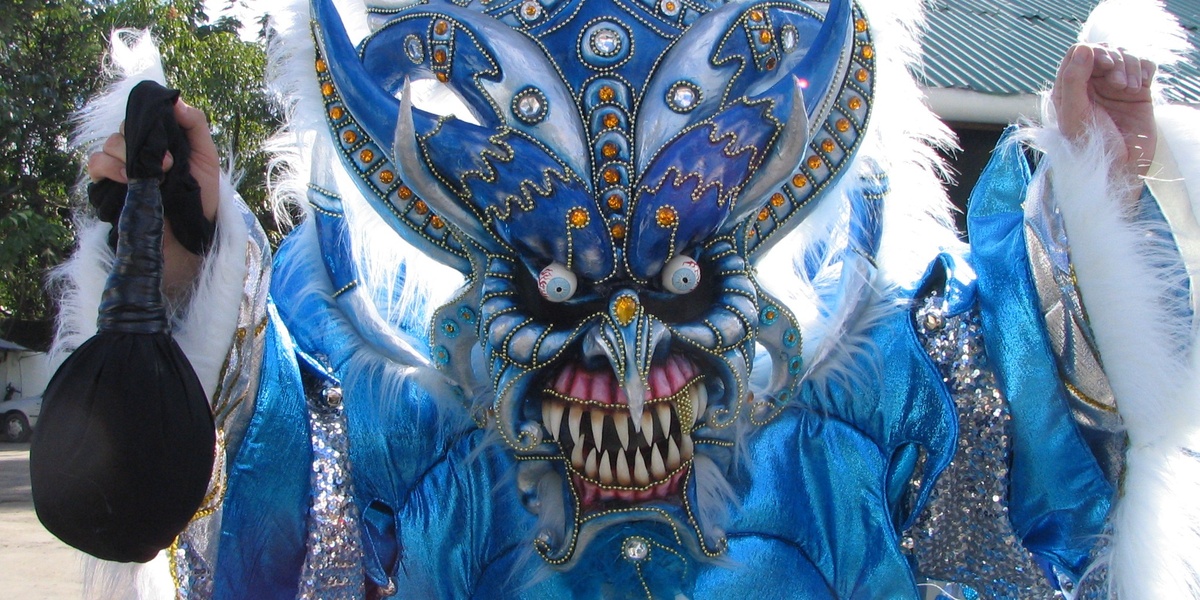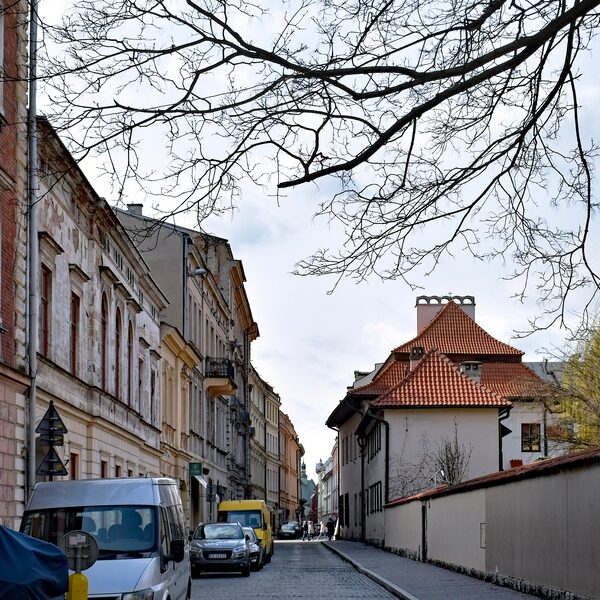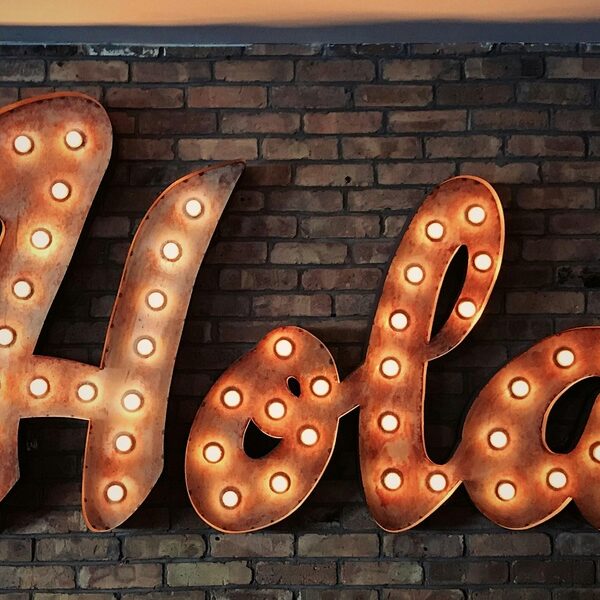On February 27, 1844, a new nation declared itself independent — and many of the rituals you’ll see on the street today trace their meaning back through that date and the colonial era that preceded it. The crescendo of La Vega’s Carnival each February and the quiet processions of Semana Santa in April both serve as cultural anchors, visible proof that customs are how communities remember who they are. About 7.7 million international visitors arrived in the Dominican Republic in 2023, and for travelers as well as residents these living practices shape daily life, identity, and communal ties. Traditions in the Dominican Republic—from Carnival to padrinos to the food on a family table—connect workplaces, politics, and pockets of tourism, generation to generation.
Religious and Festive Traditions
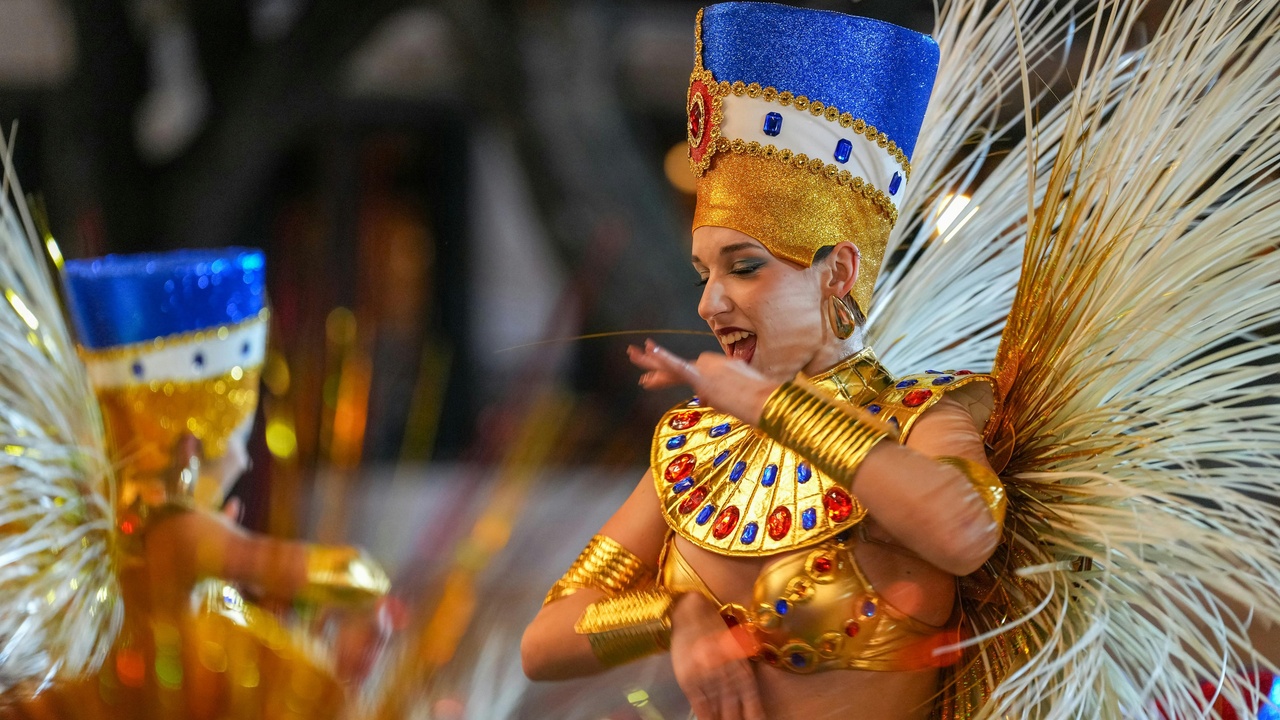
Religious observance and seasonal festivals map the year in much of the country: Lent and Carnival fall in February–March, Holy Week moves with Easter in March or April, and Catholic feast days remain widely observed thanks to centuries of colonial influence. These events mix solemn liturgy with exuberant public life, so churches, plazas, and town streets become stages for both devotion and performance.
1. Carnival (Carnaval) — La Vega and local parades
Carnival is one of the most visible public traditions and it varies by town: La Vega’s Carnaval is centuries old and draws thousands of participants and spectators each pre-Lenten season. The Diablos Cojuelos masks are a signature—hand-painted papier-mâché or leather faces worn by dancers who rattle chains and improvise with the crowd.
Street closures and spontaneous parades boost local economies: mask-makers, seamstresses, food vendors, and musicians earn vital seasonal income. Coastal towns often stage smaller, beachside processions with different costumes from inland carnivals. As a local cultural organizer put it, “Carnival is when the whole town becomes a stage.”
2. Semana Santa processions and Holy Week rituals
Holy Week remains a solemn cornerstone for many Dominicans. Semana Santa is the week before Easter and includes processions, special masses, and family gatherings—often with businesses closed on Good Friday and other key days.
In Santo Domingo’s Colonial Zone you’ll see candlelit processions; in Higüey thousands make pilgrimages to the Basílica Nuestra Señora de la Altagracia. Coastal communities sometimes hold maritime blessings where priests and fishermen bless the seas. For residents and visitors alike, schedules change and the pace of life slows during these days.
3. Three Kings Day (Día de los Reyes) — Jan 6 traditions
Epiphany on January 6 is a family-centered holiday that often rivals Christmas for children and gift-giving. Neighborhoods mark the day with parades, municipal toy distributions, and charity drives aimed at low-income families.
Customs include leaving shoes out for small gifts, municipal “Cabalgatas” (processions with music and floats), and special pastries served at home. Many neighborhoods in Santo Domingo and smaller towns organize community toy collections so the holiday reaches beyond immediate family circles.
Family and Social Customs
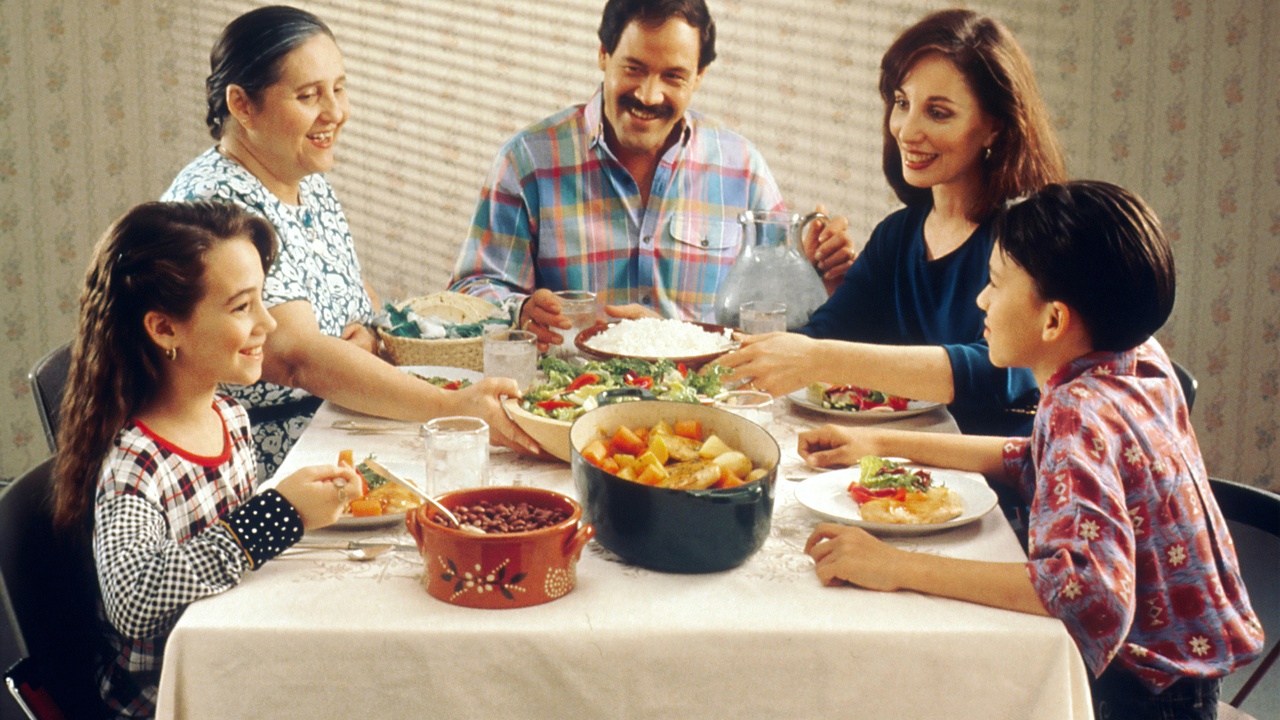
Extended family networks and formal social rituals organize everyday life: padrinos (godparents) create compadrazgo ties, Sunday gatherings keep relationships tight, and milestone ceremonies bring entire neighborhoods together. These customs function as informal safety nets, sources of jobs and favors, and the social glue behind weddings, baptisms, and local politics.
4. Sunday family gatherings and communal meals
Weekly family meals—usually on Sunday—are a domestic ritual. Large lunches commonly feature La Bandera or sancocho and attract grandparents, cousins, and friends after church.
These meals reinforce childcare help, lending circles, and business referrals. Small “comedores” and neighborhood eateries depend on Sunday specials; some vendors plan their week around the predictable demand for large family plates.
5. Padrinos, compadrazgo, and godparent responsibilities
Padrinos and compadrazgo formalize social bonds created at baptisms and weddings. A padrino often assumes financial and mentorship responsibilities—helping fund parts of a wedding, contributing to a child’s education, or stepping in during emergencies.
These ties extend into politics and business: introductions, job recommendations, and favors frequently run along compadrazgo lines. One common story (a composite shared by many families) recalls a padrino who covered medical bills for a relative after an accident, the kind of reciprocal support those ties are meant to guarantee.
6. Quinceañera and other milestone celebrations
Quinceañeras (15th-birthday celebrations) and other milestones are major social investments blending mass, formal dances, and large receptions. Typical elements include a religious ceremony, a court of honor, speeches, and a party with music and food.
Families often save or borrow for months; local economies—venues, dressmakers, DJs, caterers—depend on this demand. Planning a quince can take six months to a year, and the event’s ripple effect supports dozens of small businesses in a community.
Culinary and Everyday Food Traditions
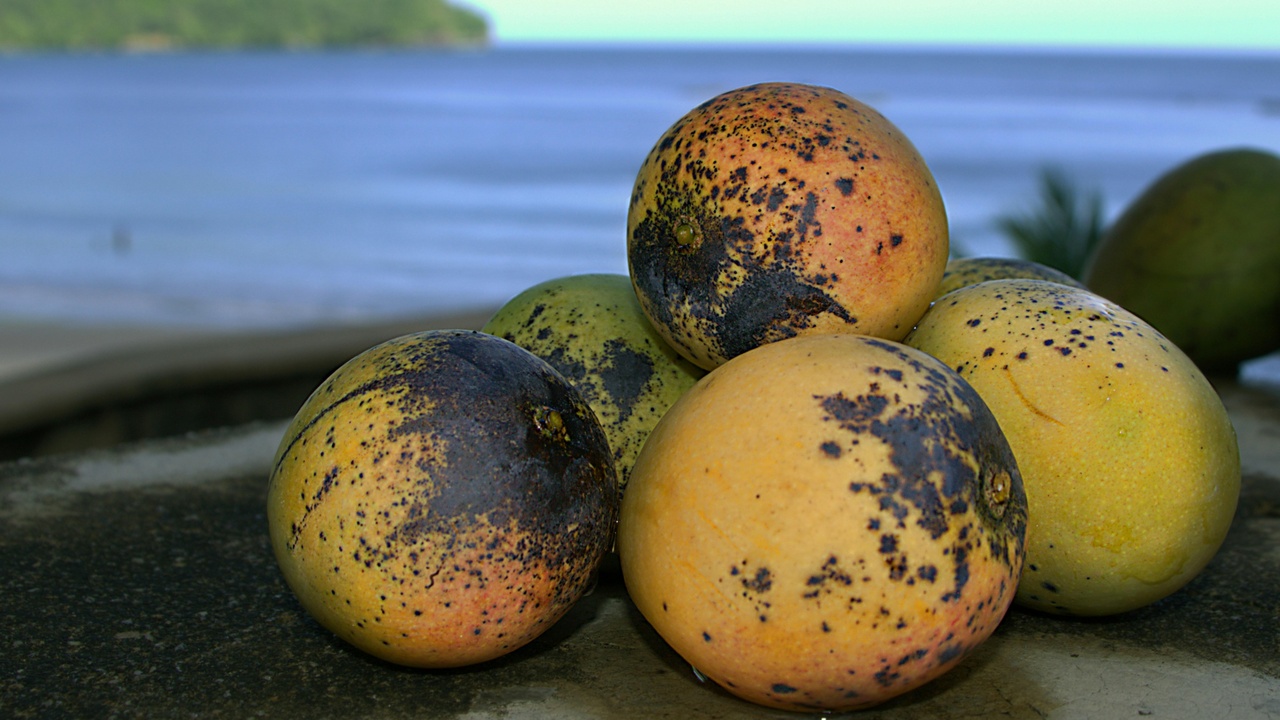
Food is a daily expression of history: Indigenous, African, and Spanish influences meet on the plate. Staples like rice, plantains, cassava, and beans appear in both humble comedores and holiday feasts. The colors and textures—white rice, stewed dark beans, golden fried plantains—are as much cultural markers as taste.
La Bandera (rice, beans, meat), mangú breakfasts, and communal sancocho stews tell stories of migration, slavery, and adaptation. These dishes are practical, affordable, and full of memory; they’re also a major reason travelers come back.
7. La Bandera — the national plate and everyday meals
La Bandera—literally “the flag”—refers to a plate of rice, stewed beans, and a protein, often accompanied by salad or plantain. It’s the basic, balanced meal found in homes and small eateries across the island.
Proteins vary—chicken, stewed beef, pork—and vendors tailor portions to budgets. Regional touches appear: some meals include fried plantain, others a simple avocado slice. The ubiquity of La Bandera makes it both practical nutrition and a national symbol.
8. Mangú, sancocho, and communal cooking traditions
Mangú is mashed green plantains served soft and pale-green on the plate; it’s often paired with “los tres golpes” — fried salami, eggs, and fried cheese — for breakfast comfort. Sancocho is a thick, multi-meat stew whose broth is deep and savory, filled with root vegetables and large chunks of meat.
Sancocho is a go-to for birthdays, graduations, and big reunions; entire families take turns stirring the giant pot. The communal prep—chopping, seasoning, and tending the fire—turns cooking into a neighborhood ritual as much as a meal.
Arts, Music, and National Identity
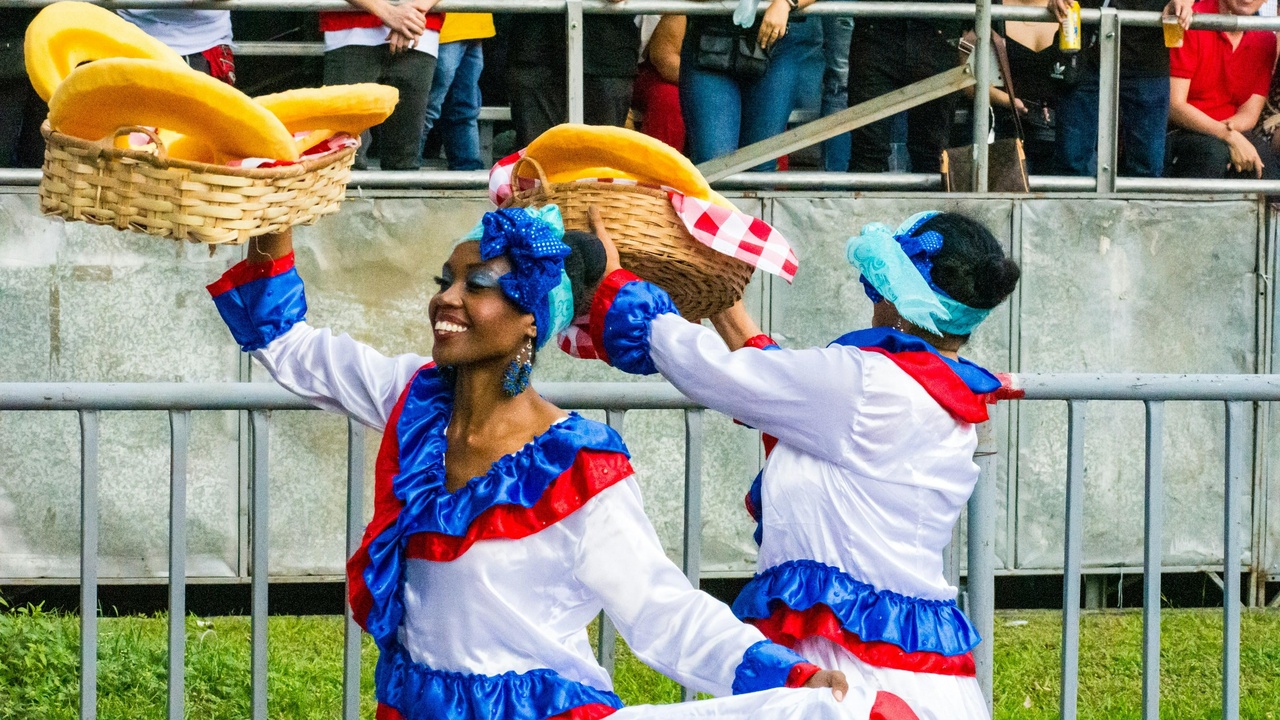
Music, dance, and crafts are public languages of identity. Merengue and bachata soundtrack weddings, bars, and radio; crafts—especially Carnival masks—make the island’s visual culture. These art forms fuel tourism and form everyday pride.
9. Merengue and bachata — music, dance, and global influence
Merengue is the national dance, present at most celebrations with accordion, tambora drum, and güira driving the rhythm. Bachata, once stigmatized as rural dance music, rose internationally in the 1990s and 2000s with artists and groups selling out overseas venues.
Artists like Juan Luis Guerra helped elevate Dominican sounds globally, while groups such as Aventura and solo stars like Romeo Santos brought bachata to diaspora audiences. Music schools, dance nights, and festivals tied to these genres also draw tourists and help shape the country’s cultural brand.
10. Carnival masks, folk crafts, and artisan traditions
Mask-making and folk crafts—most famously the Diablos Cojuelos masks—are intergenerational skills. Artisans use papier-mâché, leather, and bright paint to build faces that can take hours or days to finish, often in small local workshops or cooperatives.
Those masks and handmade instruments sell to locals and tourists alike, supporting year-round livelihoods for makers who ramp up production before Carnival. In towns like La Vega, artisan co-ops coordinate designs and sales so the craft sustains families across seasons.
Summary
- Traditions operate as living institutions: they hold memory, redistribute resources, and bind communities across generations.
- Religious festivals and Carnival are both cultural expressions and economic drivers—supporting artisans, musicians, and food vendors.
- Compadrazgo and padrino networks translate cultural ties into practical support for schooling, jobs, and emergencies.
- Music and dance—merengue and bachata—have moved Dominican culture onto global stages, while craft traditions like the Diablos Cojuelos keep local economies vibrant.
- Experience these customs respectfully: ask permission before joining a family meal, buy crafts directly from makers, and attend public events with local guidance.

